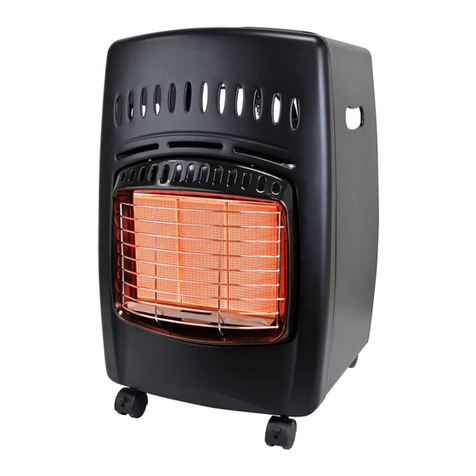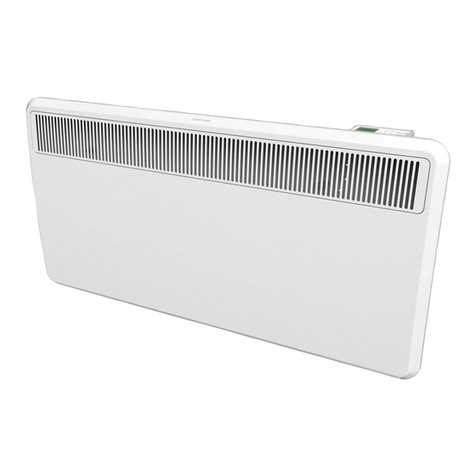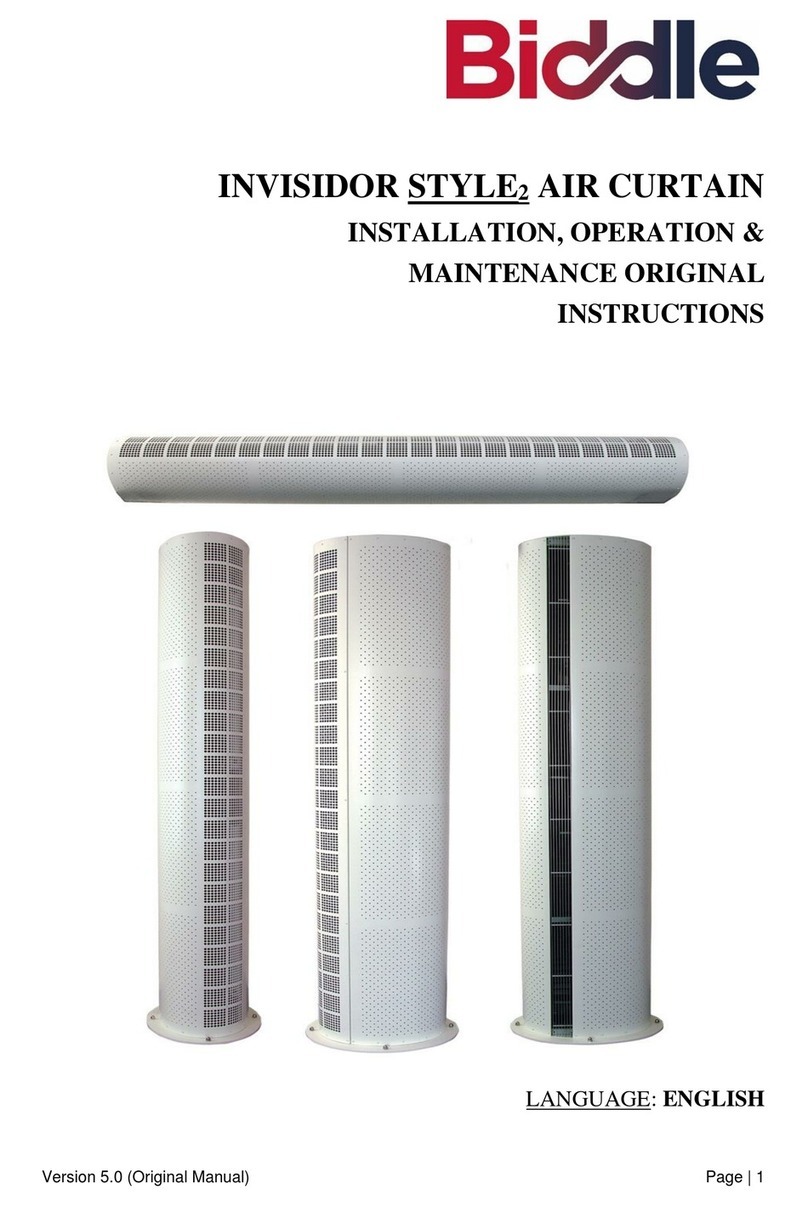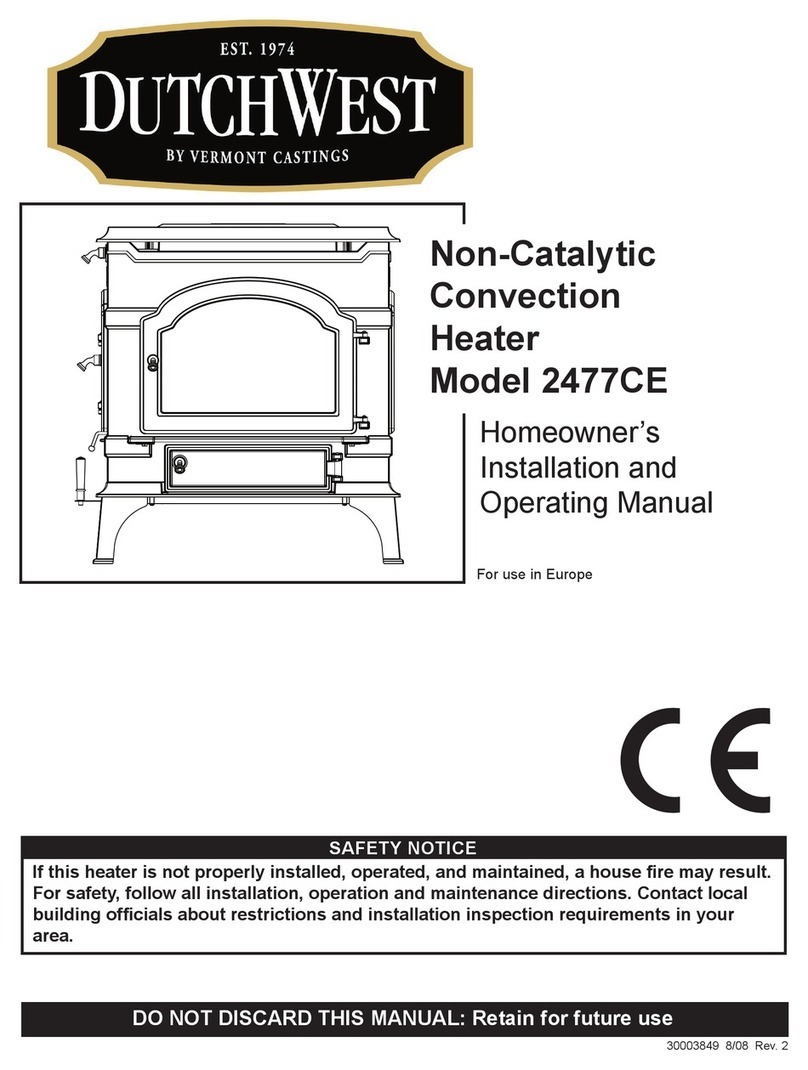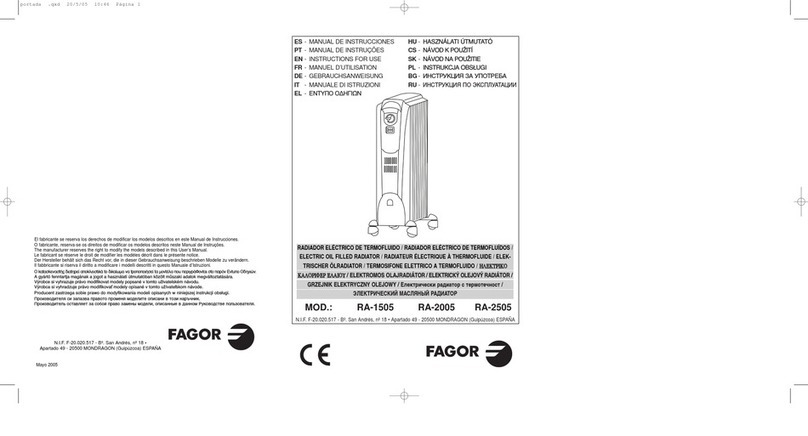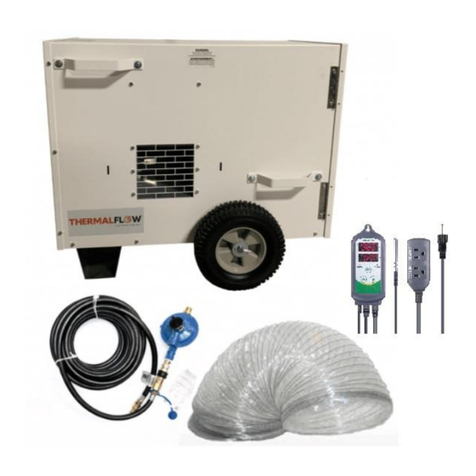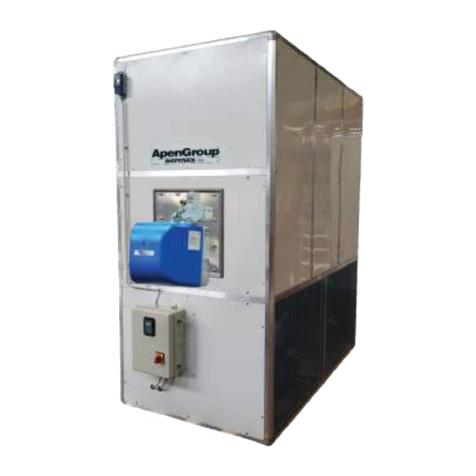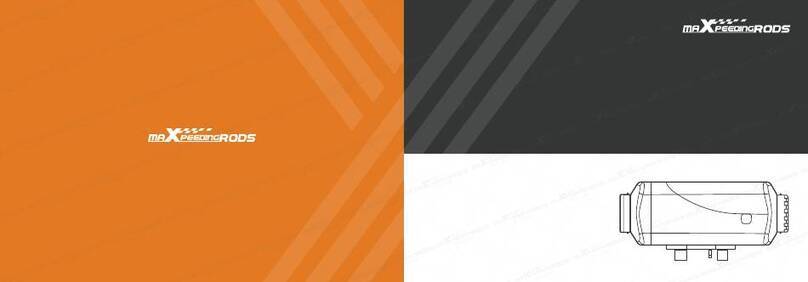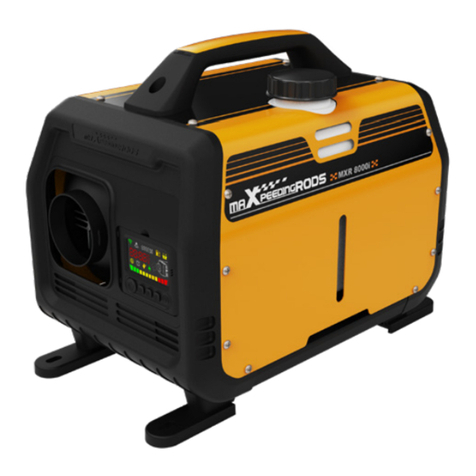
PARKING AIR HEATER
09
– The part of any structure or any component near the heater must be
protected from excessive heat exposure and possible fuel or oil
contamination.
– The heater must not pose a fire hazard even if it overheats. This
requirement is considered fulfilled if adequate clearances are
allowed for all components during installation, sufficient ventilation
is provided and fireproof materials or heat shields are used.
– All appropriate precautions must be taken when positioning the
heater in order to minimize the risk of injury to persons or damage to
property.
Heater and Component Placement
– The fuel intake connection must not be located in the passenger
compartment, and must be sealed with a properly-closing lid to
prevent any leakage of fuel.
Fuel Supply
– The air for the heater’s combustion chamber must not be sucked in
from the vehicle’s passenger compartment.
– The air intake must be arranged or protected in such a way that it
cannot be blocked by other objects.
Combustion Air Intake
– The heater’s air supply must consist of fresh air or circulated air and
must be sucked in from a clean area which cannot be contaminated
by exhaust fumes from the engine, the combustion heater or any
other source within the vehicle.
– The intake pipe must be protected using a grill or other suitable
equipment.
Cold Air Intake
– The hot air pipes within the vehicle must be arranged or protected
such that they do not create risk of injury or damage through being
touched.
– The air outlet must be arranged or protected in such a way that it
cannot be blocked by objects.
Hot Air Outlet
– Combustion heaters and their exhaust pipes must be designed,
situated, protected and/or covered so that risk of overheating or
ignition of the vehicle’s load is minimized.
Avoid Overheating and Ignition
Fuel tanks for supplying the heater shall conform to the following
regulations:
– In the event of any leakage, fuel shall drain to the ground without
coming into contact with hot parts of the vehicle or its load;
– Fuel tanks containing diesel shall be equipped with an effective
flame trap at the filler opening, or with a closure allowing the
opening to be kept hermetically sealed.
Fuel Tanks
– The exhaust system and exhaust pipes shall be laid out or
protected to minimize any danger to the load due to heating or
ignition.
– Exhaust system components situated directly below the (diesel)
fuel tank shall be protected by a thermal shield, or shall be
installed with at least 3.93 inches (100mm) clearance from it.
– The exhaust outlet must be properly situated to prevent any
ingress of exhaust fumes into the vehicle interior through the
ventilation system, warm air intakes or open windows.
Exhaust System and Exhaust Pipe Layout
TECHNICAL PARAMETERS
03
PARKING AIR HEATER
10
CAUTION
Technical data safety instructions!
Failure to comply with this technical data can result
in malfunction.
Where no limit values are given, the technical data
listed is subject to the tolerances normally applicable
to heaters of ±10% for nominal voltage, and at an
ambient temperature of 20 °C

